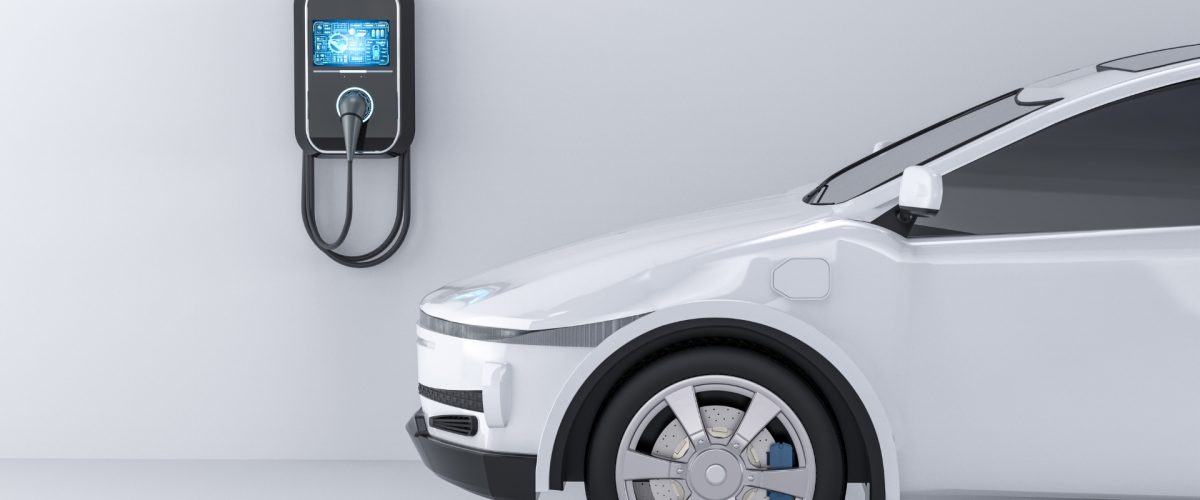As electric vehicles (EVs) become increasingly popular, the demand for efficient home charging solutions grows. For many EV owners, the goal is to maximize charging speed and efficiency without incurring unnecessary costs. In this blog post, we will explore five essential tips to boost your EV charging rate at home. Whether you’re considering a Level 2 charger installation or looking for ways to optimize your current setup, these tips will help you reduce EV charging time and improve overall charging efficiency.
Introduction
The convenience of owning an electric vehicle is undeniable. However, one common frustration among EV owners is the slower charging speed that can sometimes occur, especially with standard home setups. Having a faster charging solution not only adds convenience but can also lead to significant cost savings in the long run. Understanding how to enhance your home EV charging experience is key to getting the most out of your vehicle.
Tip 1: Upgrade to a Level 2 Charging Station
One of the most effective ways to boost your EV charging rate at home is by upgrading from a Level 1 to a Level 2 charging station.
Compare Level 1 vs. Level 2 Charging Speeds
Level 1 chargers typically use a standard 120V outlet and can take over 24 hours to fully charge an EV, depending on the battery size. In contrast, Level 2 chargers operate on a 240V outlet and can significantly reduce charging time, often providing a full charge in just a few hours.
How to Install a Level 2 Charger
Installing a Level 2 charger usually requires professional assistance. Here’s how you can proceed:
- Hire an Electrician: A licensed electrician can ensure the installation meets local codes and safety standards.
- Panel Upgrades: Depending on your existing electrical capacity, you may need to upgrade your electrical panel to accommodate the higher power draw.
- Permits: Check with local authorities regarding necessary permits for installation.
Cost vs. Long-term Savings
While the initial investment for a Level 2 charger can be higher, the long-term savings in time and energy efficiency can outweigh these costs. Faster charging enables more flexibility and convenience, potentially reducing reliance on public charging stations.
Tip 2: Optimize Your Home’s Electrical Capacity
To support efficient EV charging, it’s crucial to ensure your home’s electrical system is up to the task.
Electrical Panel Upgrades
Many older homes have a 100-amp service panel, which might not be sufficient for a Level 2 charger. Upgrading to a 200-amp service can provide the additional capacity needed to support your EV charger along with other household appliances.
Dedicated Circuits and GFCI Protection
Installing a dedicated circuit for your EV charger is important for safety and performance. Ground-fault circuit interrupter (GFCI) protection is also recommended to prevent electrical hazards.
Smart Panels for Load Management
Consider pairing your EV charger with smart panels that offer load management features. These panels can balance the electrical load across various devices in your home, ensuring efficient power distribution without overloading the system.
Tip 3: Charge During Off-Peak Hours
Charging during off-peak hours can lead to cost savings and reduced grid strain.
Lower Electricity Rates at Night
Many utility companies offer lower electricity rates during nighttime or off-peak hours. By scheduling your EV to charge during these times, you can take advantage of these lower rates.
Using Smart Chargers or Vehicle Timers
Smart chargers or built-in vehicle timers allow you to program charging sessions to start during off-peak times automatically. This not only saves money but also helps in reducing demand on the grid during peak hours.
Tip 4: Maintain Battery Health for Faster Charging
Maintaining your EV’s battery health is essential for efficient charging.
Avoid Frequent Deep Discharges
Keeping your battery charge between 20% and 80% can prolong its lifespan and aid in faster charging rates. Frequent deep discharges can stress the battery, reducing its efficiency over time.
Impact of Extreme Temperatures
Extreme temperatures can affect charging speed. Preconditioning your vehicle before charging—either warming it up in cold weather or cooling it down in hot weather—can help maintain optimal charging conditions.
Tip 5: Use High-Quality Charging Cables and Accessories
Investing in high-quality equipment can make a significant difference in charging efficiency and safety.
Importance of UL-Certified Equipment
Always use UL-certified chargers and accessories to ensure they meet safety standards. Certified equipment is less likely to fail or cause electrical hazards.
Cable Length, Thickness, and Maintenance
Choose cables that are appropriately sized for your setup—a longer cable may result in power loss, while thicker cables generally support higher power levels efficiently. Regular maintenance, such as checking for wear and tear, ensures consistent performance.
Conclusion
By implementing these five tips, you can significantly improve your EV charging rate at home, leading to time savings, cost reductions, and a more sustainable lifestyle. Upgrading to a Level 2 charger, optimizing your home’s electrical capacity, charging during off-peak hours, maintaining battery health, and using high-quality equipment are all strategies that contribute to a better EV experience.
To ensure your home is ready for efficient EV charging, contact a licensed electrician today to assess and upgrade your electrical system as needed. Enjoy the benefits of faster home charging and make the most of your electric vehicle ownership!


